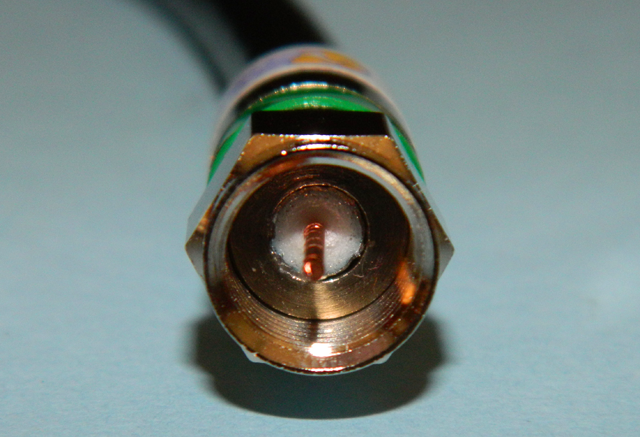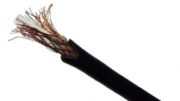Of course it starts with the military. So many of the things we look at in our daily life had their start in the military. Like them or hate them, military organizations thrive on standards. Those standards sometimes outlive the the armies they were designed for. For example, the standard width of a wagon in military times is very similar to the width of train tracks today. Today’s interstate highways, built to help with military readiness, follow trails set down by military explorers a hundred years earlier. And so it is with cables. Many of our home theater standards trace their roots to military specifications.
“RG” doesn’t stand for anything
A lot of people will tell you that the “RG” in “RG6” stands for “Radio Guide” which is all well and good except that there doesn’t seem to be any evidence of that. It’s like how some people think “SOS” stands for “Save our Ship” when it’s really just an easy way to send a distress call in Morse code. It’s just as likely that the person who defined the specification worked one called “RF” before it and “RH” after it. The military, while efficient, is not always known for its artistry.
What we can say is that the military spec known as the “Joint Electronics Type Designation System” defines cable type RG-6/U in some of its earliest specification lists, with type R meaning capable of being used for radio, type G meaning good for use with telegraphy (look this is an old standard, and “/U” applied to anything intended for universal use, in other words, it was good for civilians as well. The “6” part seems to be fairly random, as is the designation of other coaxial cables as RG5, RG58, RG59, and RG11.
What makes RG6 cable RG6 cable
Today there is a general agreement as to RG6 cable having a an 18AWG center conductor and 75 ohm impedance. By the way, AWG stands for “American Wire Gauge” and defines a specific circumference. (You can learn more about wire gauge here.) There is no policing body stopping someone from calling an inferior cable RG6, although there are specifications which are more regulated.
Out in the real world though, an RG6 cable from one manufacturer often works as well as one from another manufacturer. The difference comes with specific uses. Some cables go through sweep testing so we know they work with satellite’s high frequency. There are cables that have solid copper in the center so that they can carry current as well as signal. Some cables even work perfectly legally in air spaces. These plenum-rated cables have no toxic compounds so they will not give off deadly fumes in a fire. Put aside those special cases though, and one RG6 cable is going to be similar to another.
On the other hand, RG59 cable has a much looser definition. Because the RG59 standard defines a cable that’s not as robust as RG6, there’s a lot of variety. Some cables labeled “RG59” measure barely thicker than headphone cables, while some are rejected RG6 cables.
Get the best cable from Solid Signal
Whether you’re looking for satellite-rated RG6 cable or something much less common, you’ll find the best selection of cables, both premade and bulk, by shopping at Solid Signal.





